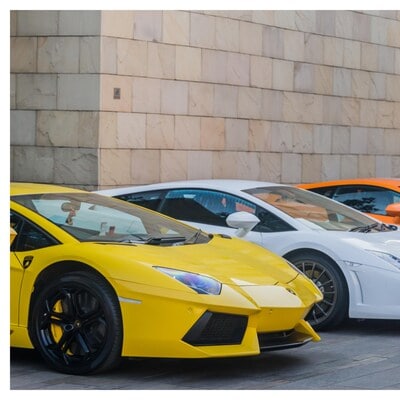The purchasing power of high-net-worth individuals (HNWIs) in India is on the rise, driving luxury car brands to expand their presence across the country, particularly in Tier-II and Tier-III cities.
Mercedes-Benz India recently announced an investment of Rs 150 crore to upgrade 25 of its outlets into luxury lounges. These redesigned showrooms will offer a more relaxed and immersive experience for customers, reflecting the brand’s commitment to meeting the evolving needs of India’s affluent consumers.
Last year, British iconic luxury sports car manufacturer Aston Martin revealed plans to open a new dealership in South India within this year or next, aiming to double its sales volume in the Indian market. The company currently operates a single dealership in Delhi under the name Select Cars.
Aston Martin’s decision to expand into South India is a strategic move driven by the region’s rapid growth in the sports car segment. Bengaluru alone recorded a 35 per cent surge in the ultra-luxury car market last year.
Lamborghini, another leading luxury car brand, is also targeting expansion in India. The company is considering opening new dealerships in smaller towns in Eastern and Southern India to reach a broader customer base.
According to Francesco Scardaoni, regional director — Asia Pacific for Lamborghini, the brand has added about 20 per cent of first-time buyers to its customer base, with a substantial portion transitioning from the sport utility vehicle (SUV) Lamborghini Urus to other models. Despite being sold out across all categories until this year, Lamborghini continues to accept bookings, with a waiting list in place.
Audi India has expanded from seven Audi Approved :plus facilities in 2020 to 27 in 2024, bringing the total number of touchpoints to over 64. This growth is driven by Audi’s aim to cater to a broader customer base and meet the aspirations of its discerning clientele, particularly in regions where the demand for luxury cars is climbing.
Industry experts attribute this growth to several factors, including a rising HNWI population, a younger demographic of luxury car buyers, and favourable tax benefits. The average age of luxury car owners has declined to around 40 years, with a growing number of professionals and salaried individuals entering this segment.
This trend is fuelled by rising brand consciousness, the premiumisation of the automotive sector, and favourable tax benefits, making India an increasingly attractive market for global luxury carmakers.
The luxury car segment reached its highest-ever volumes in the calendar year 2023, with 45,000 units sold, marking a 20 per cent increase — nearly double the industry’s overall growth rate.
Commenting on this, Rohan Kanwar Gupta, vice-president and sector head of corporate ratings at ICRA, said, “The strong demand in the luxury car market is expected to persist over the medium term, supported by enhanced brand consciousness and low penetration — materially lower compared to large economies like the US, China, and Germany, providing long-term growth visibility. As income levels continue to improve, this segment is likely to continue outperforming the underlying passenger vehicle industry, incentivising global original equipment manufacturers to enhance their focus on the Indian market.”
Anurag Singh, managing director of Primus Partners, attributes the surge in luxury car sales to several factors. He points to the increasing number of HNWIs as a primary driver, with younger affluent consumers showing a particularly strong inclination towards luxury vehicles.
Additionally, tax benefits, both for corporations through depreciation and for individuals through company car leases, have played a key role in the market’s growth.
The growing demand for luxury vehicles in India is no longer confined to metropolitan areas. The rise of startups and a thriving entrepreneurial culture in Tier-II and Tier-III cities is contributing to the increasing sales of high-end cars. As more individuals achieve financial success, there is a noticeable shift towards owning luxury vehicles that offer both status and superior driving experience.
Sanket Kelaskar, an analyst at Ashika Group, offers a broader perspective by linking the luxury car boom to a wider trend of premiumisation across the Indian automotive sector. Growing disposable incomes, evolving consumer preferences — such as the shift towards SUVs — and the integration of advanced technology are key factors driving this trend.
First Published: Aug 18 2024 | 2:34 PM IST
